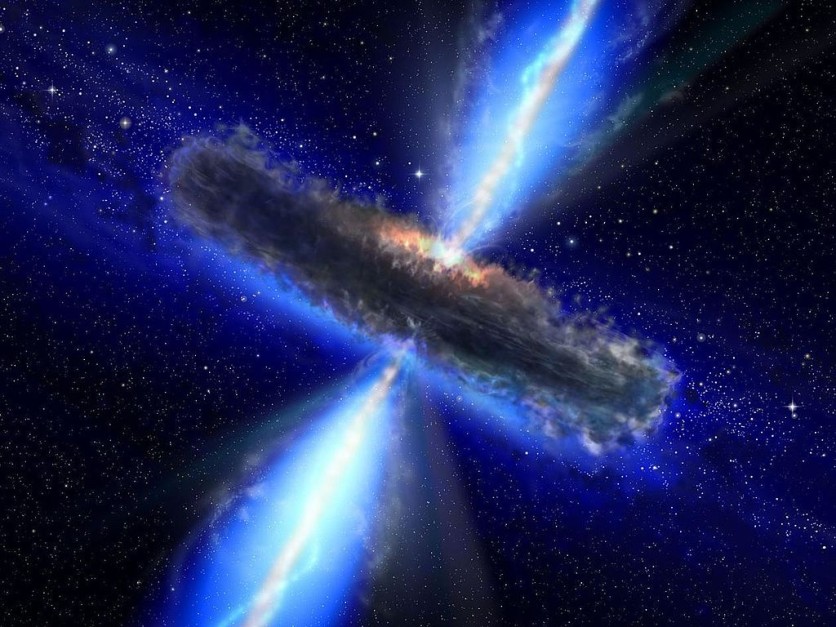India has reportedly successfully launched its first-ever satellite, and only the world's second, named X-ray Polarimeter Satellite (XpoSat) to study black holes and other astronomical objects, BBC reports.
Bloomberg adds that the spacecraft was launched into an orbit of 350 kilometers from an island off the southern state of Andhra Pradesh, close to Sriharikota, India's primary spaceport. Somanath was reportedly stated by the Indian Space Research Organization (ISRO) chairman, S. Somanath.

The satellite will reportedly study black holes with two payloads constructed by the ISRO and a research center in Bengaluru. The spacecraft is also expected to utilize X-rays from about 50 astronomical objects.
BBC reports that the XPoSat satellite was built for about 250 million rupees, roughly $30 million, and is expected to last for five years.
Read also: NASA Curiosity Rover: Watch a Martian Day's Timelapse and See What its Like on the Next-Door Planet
India's Space Aspirations
Looking forward, Business Insider states that the Indian Space Research Organization's satellite launch on Monday is a part of the nation's larger space objectives, including launching three humans into low-Earth orbit and returning them three days later.
India will reportedly become the fourth nation to send people into space if its mission proves successful; currently, only China, Russia, and the US have undertaken manned space missions.
ISRO is reported to have had an incredibly successful year before the black hole-studying satellite launch as its Moon project Chandrayaan-3 made history in August by landing in a previously uncharted area of the moon close to the South Pole. Aditya-L1, the first observation mission to the Sun, was also launched a few days later.
Bloomberg adds that to achieve its goals, the nation is also looking to collaborate with other space-related fields. In November, NASA Administrator Bill Nelson traveled to India in preparation for the launch of a combined US-Indian Earth-observing mission in 2024.
Fox29 adds to the story, stating that the nation's Prime Minister Narendra Modi lauded the achievement via a post on social media, saying the launch proves to be a fantastic start for 2024 as it will strengthen India's position as a leader in the space industry. In the same post, he also complimented the team behind the launch.
A Satellite With Only Two of Its Kind
This satellite is stated to be the only second mission of a similar nature, with the first being NASA's Imaging X-ray Polarimetry Explorer in 2021. A mission aimed to expand on the discoveries made by its flagship observatory, Chandra X-ray Observatory, launched more than 20 years ago, and to investigate topics including why black holes spin.
In 2017, China's National Space Administration also aimed to study black holes, not via a satellite but by launching the nation's first X-ray space telescope, studying gamma-ray bursts, pulsars, and black holes.
The BBC notes that a black hole is a region of space where matter has collapsed in on itself. Light is not an exception to the gravitational force. It is that strong. Massive stars can burst into black holes, some of which have masses billions of times greater than the Sun.
Related Article : Do Black Holes Really Suck Everything Around Them? Study Answers Longstanding Question

ⓒ 2025 TECHTIMES.com All rights reserved. Do not reproduce without permission.




